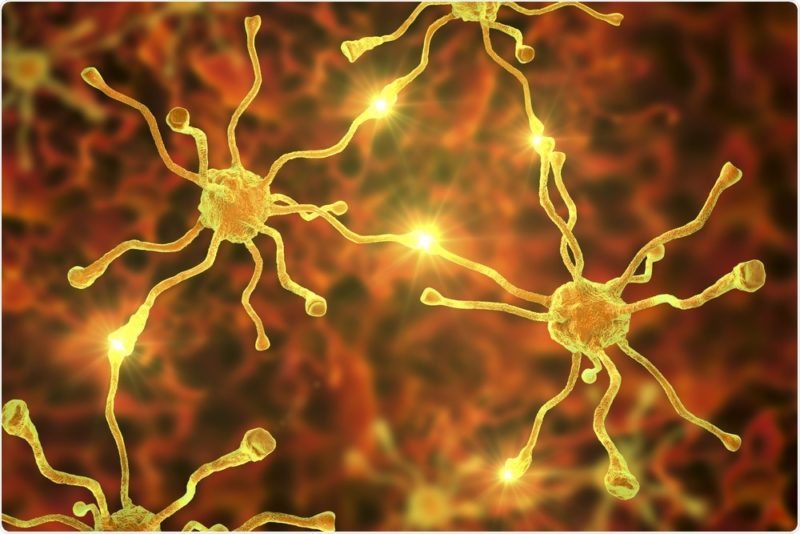Study Provides New Insight on Protein Structure Commonly Found in Brains with FTD

Scientists at the Case Western Reserve University School of Medicine have determined the design structure of the protein “fibrils” linked to FTD and other neurodegenerative disorders.
The study examined the structure of TDP-43, one of the proteins in the brain that forms abnormal accumulations in FTD. Using a technique of electron microscopy at very low temperatures, the study’s authors analyzed thousands of images of amyloid fibrils. These fibrils are formed when TDP-43 proteins create large, harmful rope-like clumps that accumulate in the brains of individuals with neurodegenerative disorders.
According to a press release published in Science Daily, researchers were able to determine the complex architecture of these elongated structures at a “resolution close to individual atoms.”
Qiuye Li, the study’s lead author, said in the press release that this development “reveals a mechanism for the growth of these toxic aggregates.
“This, in turn, provides important clues as to how these aggregates may spread between the cells in affected brains,” he added.
Based on the structural model of the protein, researchers in the study — published in Nature Communications on March 12 — also discussed how the fibril structure could be controlled by amino acid mutations in TDP-43 linked to the hereditary forms of FTD.
Witold Surewicz, a professor in the Department of Physiology and Biophysics at the School of Medicine and the study’s senior author, noted in the release that this development could lead to progress in establishing disease-modifying treatments.
“Detailed knowledge about fibrillar structures formed by TDP-43 may also lead to the development of drugs to treat these devastating brain disorders,” Surewicz said.
Read the full press release here.
By Category
Our Newsletters
Stay Informed
Sign up now and stay on top of the latest with our newsletter, event alerts, and more…
